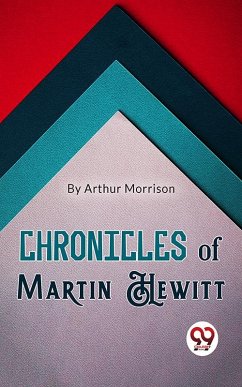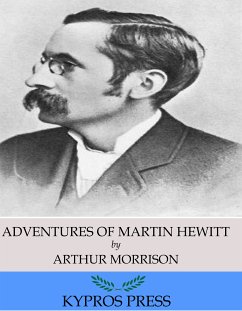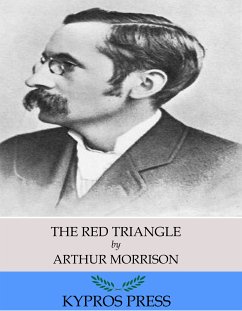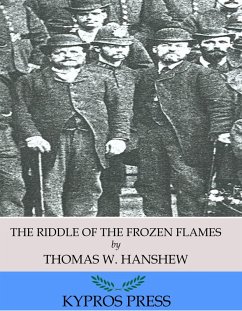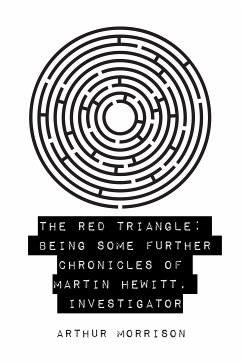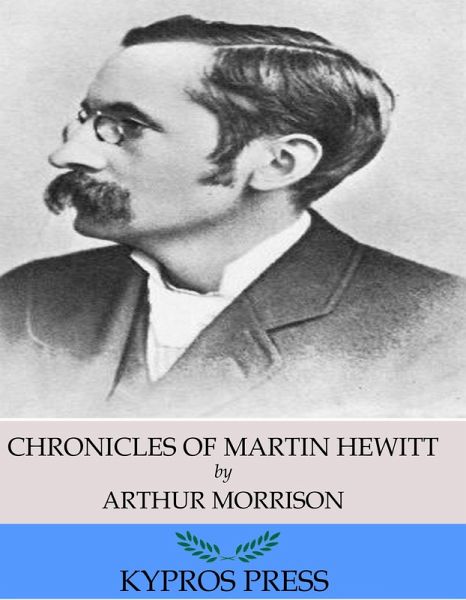
Chronicles of Martin Hewitt (eBook, ePUB)
Versandkostenfrei!
Sofort per Download lieferbar
1,82 €
inkl. MwSt.
Weitere Ausgaben:

PAYBACK Punkte
0 °P sammeln!
Arthur Morrison was a British writer best known for novels about London's East End, as well as detective fiction works that featured the character Martin Hewitt.
This work includes the following stories:
I. - THE IVY COTTAGE MYSTERY
II. - THE NICOBAR BULLION CASE
III. - THE HOLFORD WILL CASE
IV. - THE CASE OF THE MISSING HAND
V. - THE CASE OF LAKER, ABSCONDED
VI. - THE CASE OF THE LOST FOREIGNER
Dieser Download kann aus rechtlichen Gründen nur mit Rechnungsadresse in D, F, I ausgeliefert werden.





